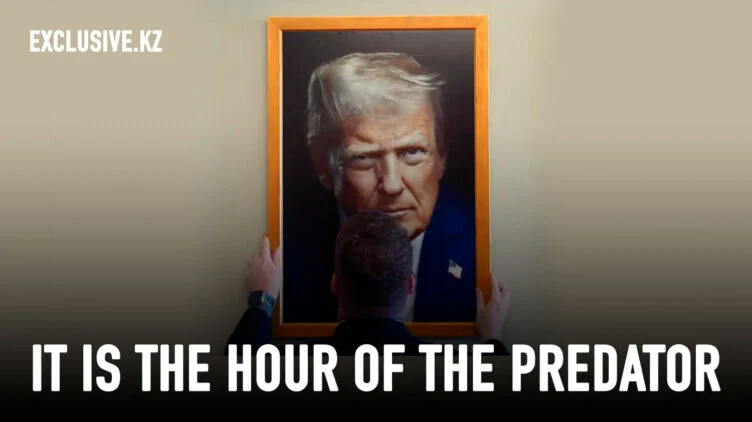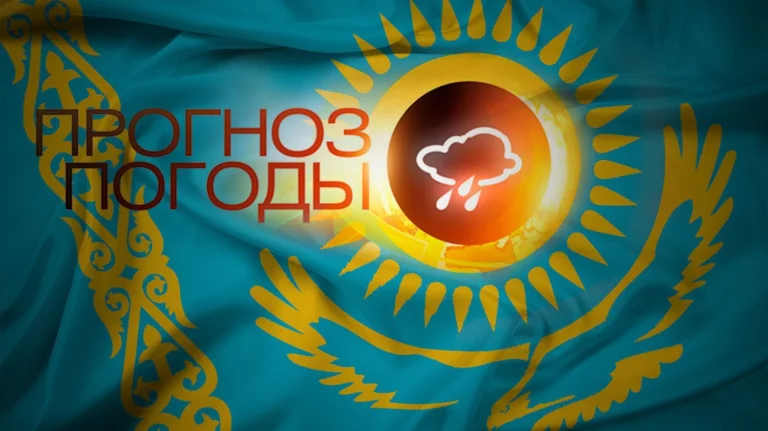Trump’s Portraits of Power

There is a peculiarly American tradition of commissioning official painted portraits of each president. The National Portrait Gallery in Washington handles the commissioning and display, guided by the rule that no painting may be displayed until after the individual’s time in the White House is up. This means that the last oil painting currently hanging in the museum’s signature exhibition, “America’s Presidents,” depicts Barack Obama. Joe Biden’s official portrait has yet to be unveiled, while Donald Trump, who recently began his second, non-consecutive presidency, is represented in photographs.
Trump’s portrait, taken in 2017 by Washington Post photographer Matt McClain, is a dramatic chiaroscuro with seemingly supernatural light illuminating golden hair, a white shirt, and a vermilion tie framed by a black suit that almost blends into the background. The shadowy vignette draws the eye toward Trump’s piercing gaze, which blends authority with intimidation. He is, if the portrait is to be believed, the “chosen one” – a leader not to be challenged.
The spirit of McClain’s portrait is perfectly aligned with the White House website’s official image of the president: an intense close-up, in which Trump glares directly into the camera lens, chin down, one eye narrowed, mouth curled into a frown veering toward a sneer. It also bears some resemblance to another photo, taken for Time magazine in 2019 by Pari Dukovic, which the National Portrait Gallery installed temporarily around Trump’s second inauguration (January 13-February 11), though this one also stands out in key ways.
For starters, consider the exhibition labels. There is something subversive in the description on the Dukovic photo, which notes that Trump won the presidency by “tapping into populist American sentiment” and reminds viewers that he lost, but “did not concede” the 2020 presidential election, so a “mob of his supporters….attacked the US Capitol complex” on January 6, 2021. The label on the McClain puts a more positive spin on Trump’s story, such as when he “overcame a crowded primary field to win the Republican Party’s nomination and the 2016 election.” Both mention his two impeachments, but instead of recounting the Capitol riot, McClain’s label highlights his “historic comeback” in 2024. It is this portrait and label that will remain on view until Trump’s commissioned painting is unveiled.

But perhaps a more interesting contrast is the one between Trump’s photographs – especially the Dukovic image – and Obama’s portrait, painted by artist Kehinde Wiley. In Wiley’s depiction, Obama sits on a chair facing the viewer, leaning slightly forward, his posture relaxed, with his arms folded across his lap. There is a furrow in his brow, but his overall expression is calm, simple, and direct.
Even before noticing such details, however, one observes that Obama’s figure is surrounded on all sides by a kind of oneiric garden, comprising a tangle of leaves dotted with flowers. As the Smithsonian explains, these have been carefully chosen, with the white jasmine representing his birthplace of Hawaii, the chrysanthemums symbolizing Chicago, where he grew up and became a state senator, and the purple African lilies signifying his father’s Kenyan heritage.
With leaves curling in front of his chair, ankles, and shoulder, Obama does not dominate the scene so much as dwell within it. Here is a president who is comfortable being hosted by nature, who does not need to act as its “master and owner,” in the words of the French philosopher René Descartes. The scene reflects both Obama’s apparent humility – he never demonstrated a need to be personally idolized as a warrior or hero – and his commitment to the fight against climate change.
Trump is also seated in the Dukovic photograph – unlike McClain’s – but that is where the similarities end. Whereas Obama sits on a slim, polished mahogany chair, with traditional carvings and visible woodgrain, small enough that his knees rise slightly above the seat, Trump is perched on a massive, upholstered leather chair. His right hand grips the armrest, helping him to turn toward the viewer, who is situated slightly behind him, a familiar stern expression on his face. Meanwhile, his left forearm rests on the Resolute Desk – for this is no dream garden, but the Oval Office, the seat of American power.
All US presidents serve as Commander in Chief of the country’s armed forces, but it is Trump’s photo that puts this front and center. Flags representing the five traditional branches of the military – the Army, the Marine Corps, the Navy, the Air Force, and the Coast Guard – line the wall behind him. While the powerful symbols that adorn the flags – from the anchor-grasping eagle of the Marine Corps to the thunderbolts of the Air Force – are hidden among their heavy folds, they stand ready to be revealed by the winds of the battlefield, should the president so command.
Behind the flags, flanking Trump, are portraits of carefully selected predecessors. Closer to the viewer is the austere Andrew Jackson, who, like Trump, rose to power on a populist, anti-establishment wave and then remade his party in his own image. It was Jackson who signed the Indian Removal Act of 1830, paving the way for the forced relocation of Native Americans in what would become known as the Trail of Tears. On the other side is Benjamin Franklin, whose many hats – printer, writer, inventor, entrepreneur, natural philosopher, politician, and statesman – surely impressed the multi-hyphenate Trump.
One might see the military power of Trump’s portrait – especially in contrast to the flower power of Obama’s – as a sign of his weakness. The fewer real responsibilities or achievements a leader has, the greater their need for regalia and accolades. While this is often true, it would be dangerous to settle on that interpretation today. It is the hour of the predator, as the Italian author Giuliano da Empoli puts it, and Trump has been declaring wars left and right: trade war, culture war, war on immigration, to name a few. At this rate, those military flags may well unfurl far sooner than anyone would like.
Copyright: Project Syndicate, 2025.





Все комментарии проходят предварительную модерацию редакцией и появляются не сразу.